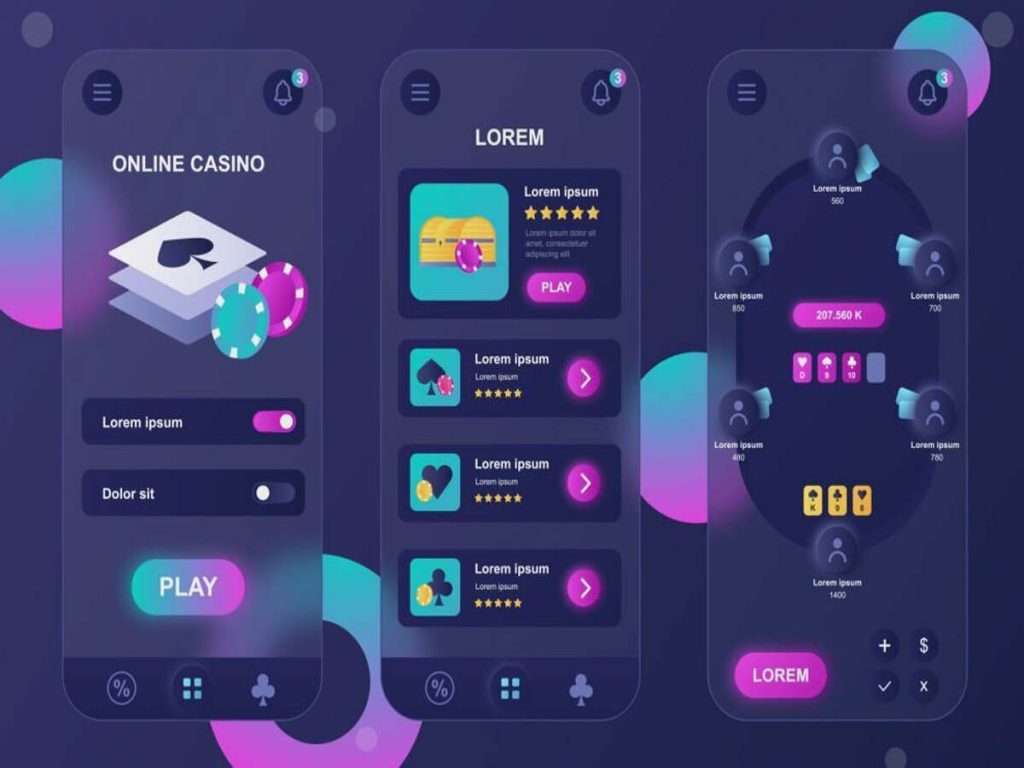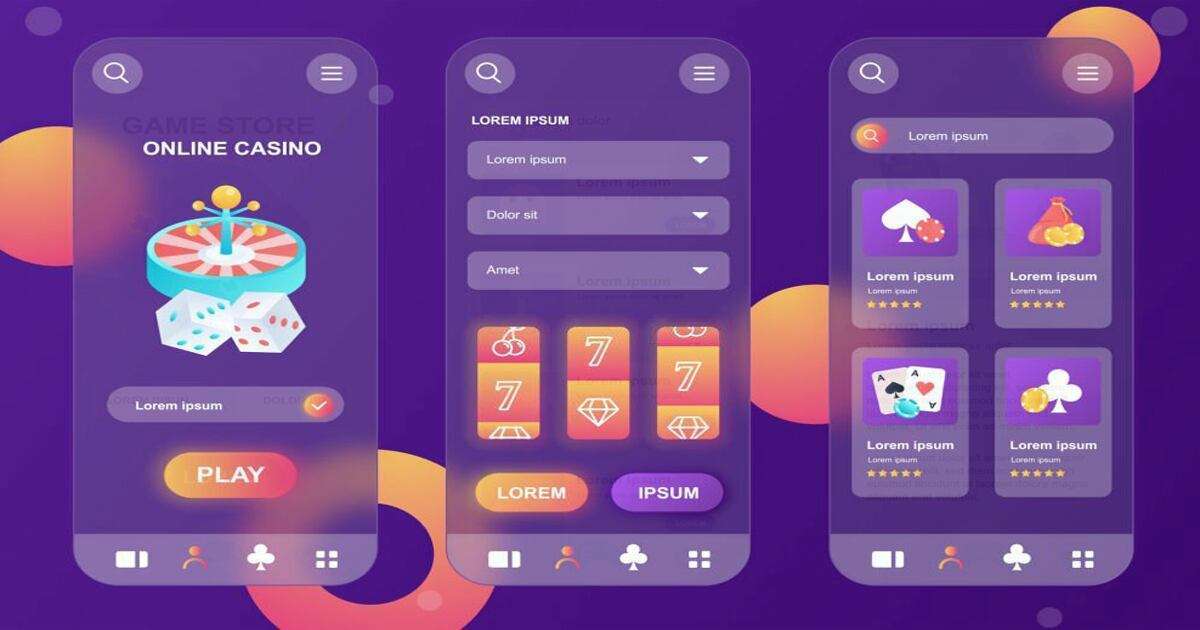Creating a successful Flutter mobile app involves a careful blend of innovative design, efficient development, and seamless user experience. Flutter, Google’s open-source UI framework, has emerged as a preferred choice for developers and businesses aiming to build cross-platform mobile applications that are visually appealing and performant.
With Flutter, developers can harness the power of Dart programming language to create beautifully crafted user interfaces. The widget-based architecture simplifies the creation of interactive and responsive designs, ensuring a native-like feel on Android and iOS platforms. This cross-platform approach reduces development time and offers a consistent user experience across different devices.
Regarding Flutter mobile app development, the journey doesn’t end with coding. Rigorous testing, performance optimization, and regular maintenance are vital to ensure your app’s long-term success. Flutter’s hot reload feature facilitates quick debugging and updates, making the development process agile and efficient.
Moreover, Flutter’s vibrant community contributes to its growth with a wide range of plugins and packages, allowing developers to add functionality and features effortlessly. Whether you’re building a startup app or a corporate solution, Flutter offers the flexibility and scalability needed to bring your vision to life.
In summary, Flutter mobile app development combines the best of both worlds: a rapid development cycle and a polished user experience. With its versatility and robust capabilities, Flutter is paving the way for the future of mobile app development.
Cross-Platform App Development
Cross-platform app development has become a pivotal strategy for businesses and developers alike, aiming to reach a broader audience without the complexities of building separate native applications for each platform.
One of the leading technologies driving cross-platform app development is frameworks like Flutter and React Native. Flutter, developed by Google, empowers developers to create visually stunning and highly performant apps using a single codebase. Its widget-based architecture ensures a consistent user experience across devices, making it a go-to choice for many app creators.
React Native, on the other hand, leverages JavaScript and React to build cross-platform apps. It boasts a large and active community, making it a versatile choice for those familiar with web development technologies.
The advantages of cross-platform app development are numerous. Moreover, it allows businesses to expand their user base by targeting multiple platforms simultaneously.
In today’s competitive app market, cross-platform development is a strategic choice that provides a faster time to market and a broader reach. With the proper framework and a talented development team, businesses can create high-quality apps that cater to diverse audiences efficiently and effectively.
Dart Programming Language
Dart, Google’s open-source programming language, has been making waves in software development. Designed for building web, mobile, and desktop applications, Dart offers a unique combination of features that set it apart from other languages.
One of Dart’s standout features is its simplicity and ease of learning. It’s an object-oriented language with a clean and straightforward syntax, making it accessible to beginners and experienced developers. Dart’s readability contributes to faster development and easier maintenance of codebases, which is crucial for long-term projects.
Another remarkable feature of Dart is its performance. Dart apps can be compiled into highly efficient native code, ensuring speedy execution and a smooth user experience. This performance boost is particularly beneficial for mobile app development, where responsiveness is paramount.
Dart’s versatility extends to cross-platform development as well. With the Flutter framework, developers can create beautiful and responsive user interfaces for Android and iOS devices using Dart. This capability streamlines the development process and minimizes the need for platform-specific code.
Furthermore, Dart offers strong support for asynchronous programming, making it a solid choice for building real-time web applications and server-side logic. It features a robust package ecosystem and an active community that continually enriches the language with valuable libraries and tools.
In conclusion, the Dart programming language is versatile, efficient, and user-friendly for various development tasks. Whether you’re building web applications, mobile apps, or desktop software, Dart is worth considering for its blend of performance and developer-friendly features.
Flutter UI Design (flutter mobile app)
The Flutter UI design is an artful fusion of creativity and functionality. Flutter, Google’s open-source UI toolkit, empowers designers and developers to craft visually stunning user interfaces that captivate users and provide a seamless user experience.
One of Flutter’s key strengths lies in its widget-based architecture. It offers an extensive library of customizable widgets that facilitate the creation of distinctive and responsive designs. Designers can experiment with layouts, animations, and transitions, allowing them to bring their creative visions to life.
Flutter’s “hot reload” feature is a game-changer in UI design. It enables real-time code changes and immediate previews, fostering an iterative design process. Designers can make adjustments on the fly, experiment with colors, typography, and animations, and instantly see the results. This iterative approach saves time and ensures the final design is polished and user-friendly.
Moreover, Flutter’s commitment to providing a consistent UI across platforms simplifies the designer’s job. You can create a unified look and feel for your app on Android and iOS, ensuring a seamless experience for users on different devices.
Blending aesthetics with user-centered principles is crucial to excel in Flutter UI design. Prioritize user feedback, conduct usability testing, ensure your design looks good, and offer an intuitive and enjoyable experience.
In a nutshell, Flutter UI design is a harmonious blend of creativity, functionality, and efficiency. With Flutter’s tools and features at your disposal, you have the means to create visually striking that leaves a lasting impression on your app’s audience.
Responsive Mobile Apps (flutter mobile app)
Responsive mobile apps are the cornerstone of a successful and user-centric digital presence in today’s dynamic landscape. As the usage of smartphones and tablets continues to rise, ensuring that your mobile app adapts seamlessly to different devices and screen sizes has become imperative.
A responsive mobile app can intelligently adjust its layout content to provide an optimal user experience on any screen. Whether a small smartphone screen or a large tablet display, users should be able to interact with your app comfortably without any visual or functional hiccups.
Responsive design is about resizing elements and crafting a consistent and intuitive experience across various devices. This involves careful consideration of typography, images, and navigation, as well as accommodating touch gestures and different orientations.
The benefits of responsive mobile apps are far-reaching. They enhance user satisfaction, reduce bounce rates, and improve conversion rates, ultimately leading to higher user retention and business growth. Moreover, responsive design aligns with search engine optimization (SEO) best practices, as search engines tend to favor mobile-friendly websites and apps in their rankings.
To achieve responsiveness, many businesses turn to cross-platform app development frameworks like Flutter or React Native. These frameworks empower developers to create apps that look and perform consistently across Android and iOS devices.
In summary, responsive mobile apps are essential for meeting user expectations and staying competitive in the mobile app market. Prioritizing responsive design ensures that your app functions flawlessly and offers a delightful and user-friendly experience, regardless of the device it’s accessed on.
Mobile Application Development
Mobile application development is a dynamic and rapidly evolving field that is pivotal in today’s digital landscape; with the ever-increasing use of smartphones and tablets, it offers convenience, productivity, and entertainment.
These applications span a broad spectrum, from social media and e-commerce to healthcare and gaming. Developers leverage platforms and programming languages, including iOS (for Apple devices), Android (for Android devices), and cross-platform solutions like Flutter and React Native to reach a broader audience.
User experience (UX) design is at the forefront of mobile app development. Creating apps that are not only functional but also intuitive and aesthetically pleasing is essential for user engagement and retention. Mobile app developers must consider touch-friendly interfaces, responsive layouts, and efficient use of screen real estate.
Security and privacy are also paramount in mobile app development. With the increasing exchange of sensitive information, robust security measures are imperative to safeguard user data and maintain trust.
The competitive nature requires developers to stay up-to-date with emerging technologies, user preferences, and design trends. Successful mobile app development demands a combination of technical expertise, creativity, and user needs, all while delivering high-quality, secure, and user-friendly applications.






